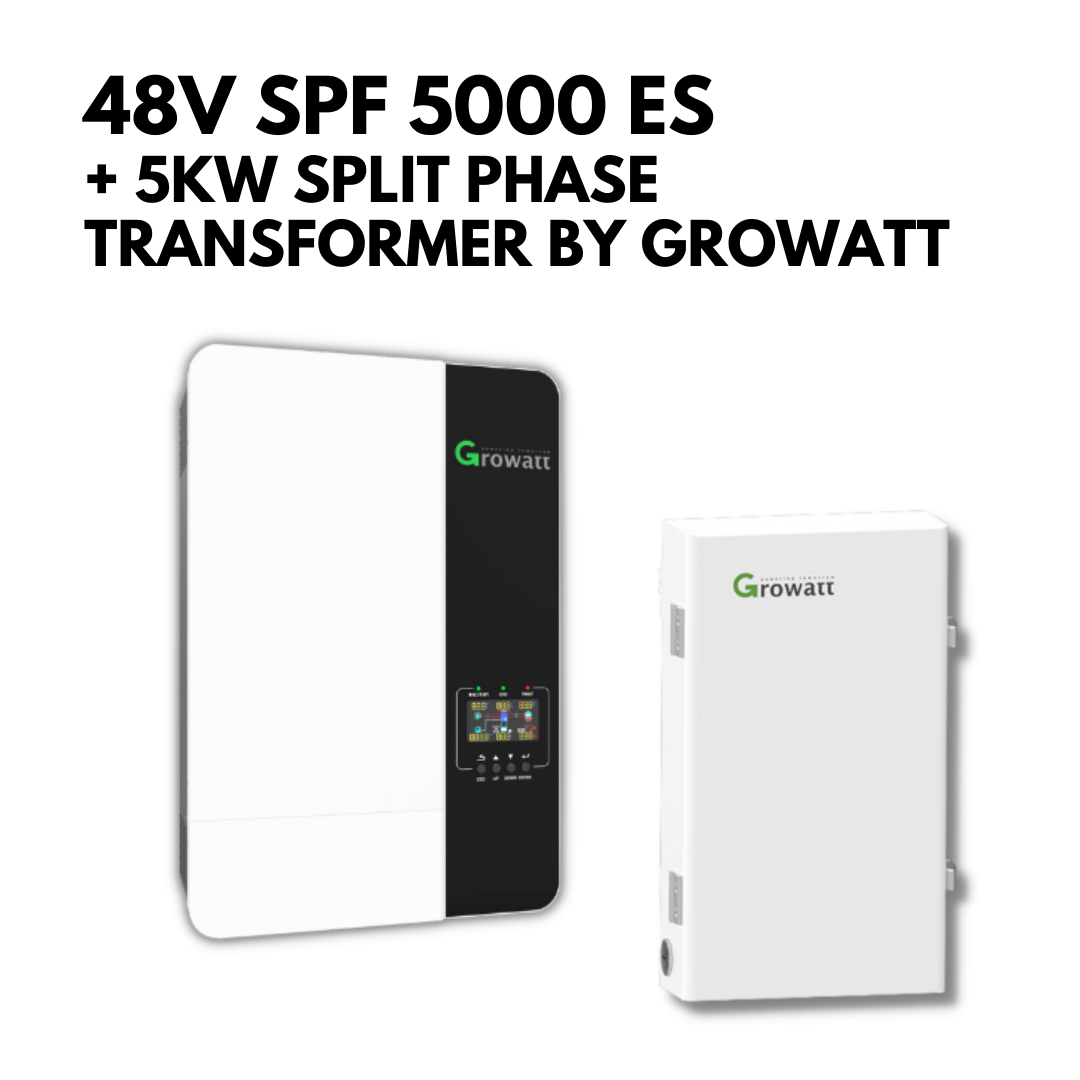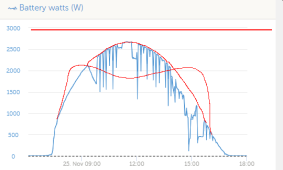JamesHird
New Member
- Joined
- Jan 10, 2022
- Messages
- 40
Long story short, my wife and I have bought 6.5 acres in South Western Oklahoma. We are going to be starting an off grid homestead, I'm going down at the end of this month (January) to start the ground works. She will be following down later in the spring with our 3 month old son.
I have done a fair bit of research but am not an expert in any way.
The system we have gone for is:
This is the first solar system I have ever built so am a little intimedated so would like feed back on the set up.
I'm planning on having all 8 panels in series. Each panel has a VOC of 37.6 therfore the string should produce 300.8VOC. The charge controller/inverter from growatt has a max input of 450v so this should be ok. Right?
The reasoning behind this set up is:
My main questions are:
I have done a fair bit of research but am not an expert in any way.
The system we have gone for is:
1x 5kW Stackable 48V 240VAC 100A 450VDC Off-Grid Inverter by Growatt (with transformer)
1x 48V 100AH LiFePower4 Battery by EG4
8x SanTan Solar T Series 250W solar panels
This is the first solar system I have ever built so am a little intimedated so would like feed back on the set up.
I'm planning on having all 8 panels in series. Each panel has a VOC of 37.6 therfore the string should produce 300.8VOC. The charge controller/inverter from growatt has a max input of 450v so this should be ok. Right?
The reasoning behind this set up is:
- We need something big enough to power our 5th wheel trailer (major appliances: small fridge freezer, washing machine, propane dryer (winter only), fans, charging battery power tools, small economical window AC unit for a couple of hours a day in the summer, lighting and device charging)
- We dont have a massive budget. It would be nice to have more batterys and solar panels but we cant afford it at the moment
- We can add to this set up as and when we need it. If we need more solar panels then add 4/6/8 more put them in parallel through a combiner box and were good. when we can afford more batterys then add 1 or 2 more. And eventually when we need more watts of power add another charge controller/inverter
- for a complete novice this seems like a straight forward set up. all I need to worry about is wiring up the solar panels and the battery correctly.
- If we dont have enough juice from the solar panels then we can charge the batterys with our generator through the growatt all in one system.
My main questions are:
- is our system big enough for our needs?
- does anyone see any problems with our set up?
- have i missed anything?
- is it possible to charge our batterys with our generator through the growatt all in one system? It has AC input so I think it should be fine. When we bought the growatt inverter through signature solar the guy tried to sell us the battery charger they had on sale at the same time. when I told him I could charge the battery directly through the all in one system he forwarded me to the tech team. I was on hold for a while then the line dropped. So was he just doing his job, selling things or do I indeed need a seperate battery charger.





